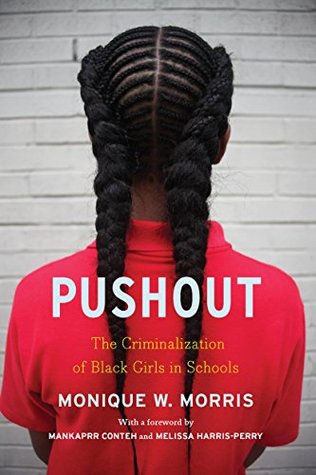More on this book
Community
Kindle Notes & Highlights
Read between
January 11 - January 12, 2020
The primary research methods that I implemented for this study were qualitative, phenomenological, and action-oriented, using critical narrative inquiry to explore and describe the educational experiences of Black
I have ultimately interpreted their narrative descriptions of these experiences.2 As a critical tool in qualitative research, the interview offers an opportunity for the interviewer to explore the phenomenon through the lens
In writing this book, I used a composite narrative method, which represents narrative data and research from my study in a manner that blends the voices of participants with those of the researcher in order to demonstrate our “connectedness.”5 Narratives in this book were collected from intensive interviews and focus groups with girls, young women, educators,
Culturally competent: Joseph Betancourt, Alexander Green, J. Emilio Carrillo, and Owusu Ananeh-Firempong define cultural competency as acknowledging and incorporating “at all levels—the importance of culture, assessment of cross-cultural relations, vigilance toward the dynamics that result from cultural differences, expansion of cultural knowledge, and adaptation of services to meet culturally unique needs.”
While this definition was developed in the context of building responses to women in the criminal justice system, studies find that gender-responsive programs for adolescent girls should also include responses to sexual identity, self-esteem, relationships and relational aggression, health concerns, and victimization.
Brandi Simonsen, Lucille Eber, Anne Black, George Sugai, Holly Lewandowski, Barbara Sims, and Diane Myers, “Illinois Statewide Positive Behavioral Interventions and Supports: Evolution and Impact on Student Outcomes Across Years,” Journal of Positive Behavior Interventions 14, no. 1 (2012): 5–16.
Muscott, Mann, and LeBrun, “Positive Behavioral Interventions and Supports in New Hampshire,” 202.


